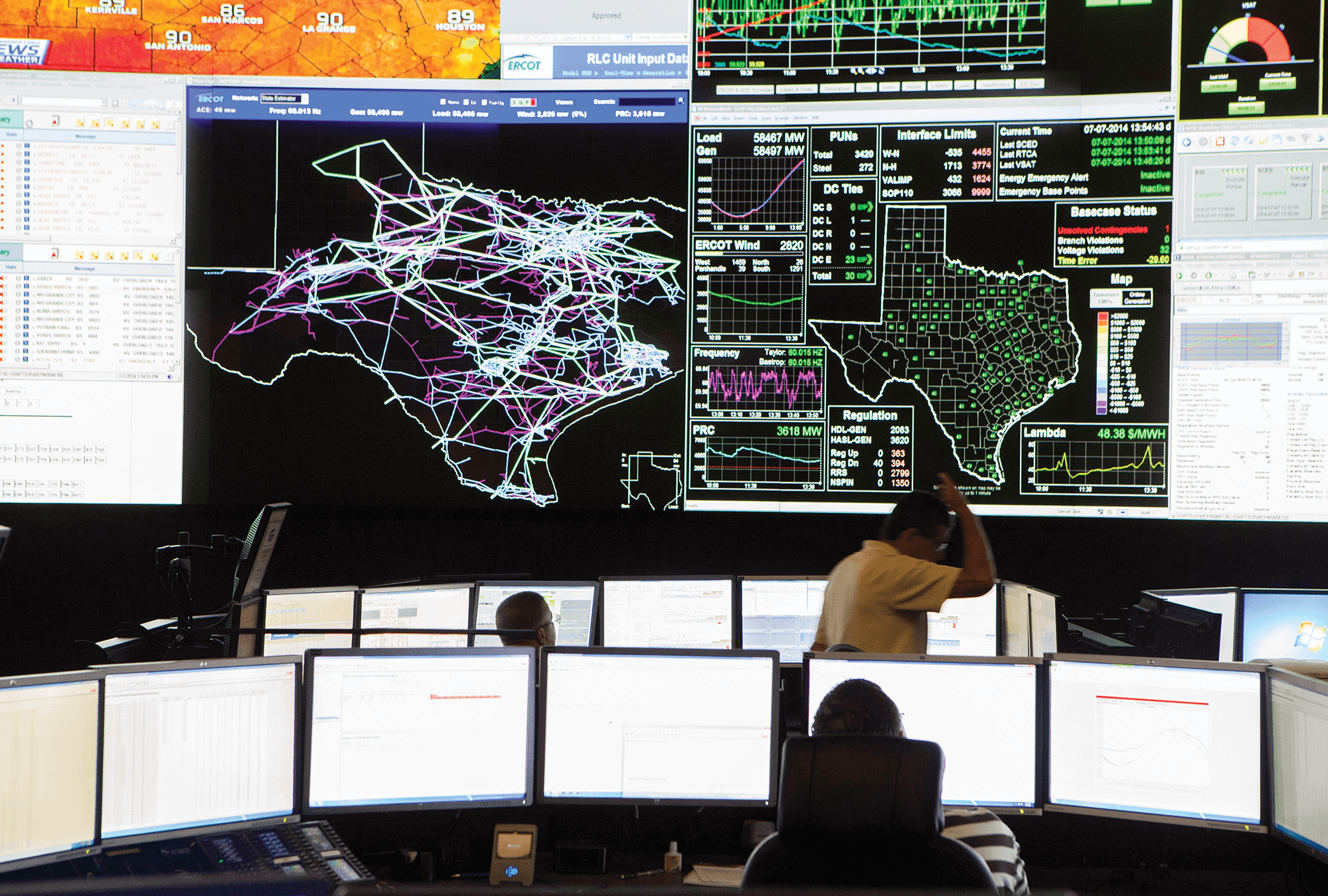Share As A Gift
Share a paywall-free link to this article.
This feature is only available for subscribers.
Start your subscription for as low as $4.95. Already a subscriber?

A power grid control center operated by the Electric Reliability Council of Texas in Taylor / Michael Stravato / The New York Times
Bee Moorhead, executive director of the interfaith organization Texas Impact, spoke with Sojourners' Ashley Ver Beek. Winter storms in February left millions of Texans without power; at least 111 died, many from hyperthermia.
“IN MOST PARTS of Texas, we’re not prepared for [winter] weather. It’s not like people in Texas can’t individually have snow boots and mittens. It’s that the community is not prepared. There are no salt trucks. There aren’t snowplows. People’s houses are not insulated for severe, prolonged cold weather.
What we know about climate change is that it’s not going to be predictable.
For Texans, [the power outages] rubbed salt in what was already an open wound. It added insult to injury. Everyone already was feeling isolated because of COVID-19, and the storm created additional isolation. Everybody figured out they could sit in their car, which wasn’t safe to drive, but they could turn it on to charge their phone.
This isn’t a mechanical failure, it’s a failure of policy. More than that, it’s a failure of imagination.

Got something to say about what you're reading? We value your feedback!